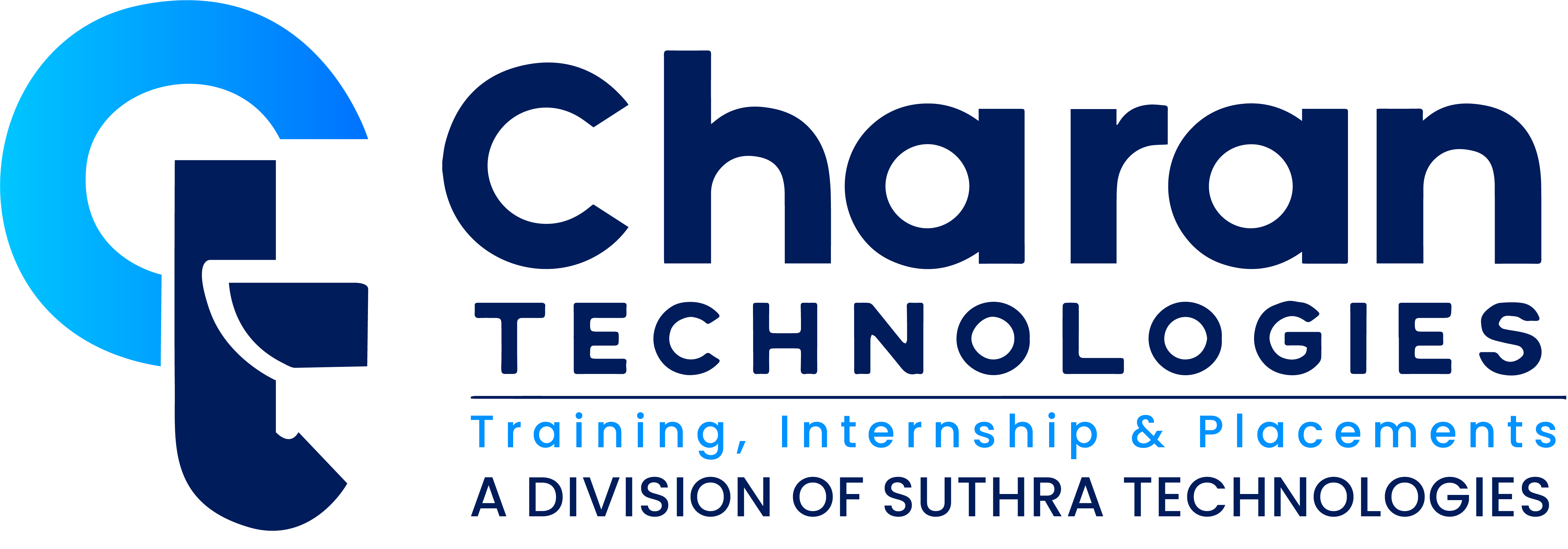The Internet of Things connects the physical world to the Internet so that you can use data from devices to increase productivity and efficiency. Connecting things to the Internet is possible because different connectivity options are widely available, the cost of connecting is declining, and more devices are capturing data. Consumers expect everything in their home, everything they drive, and even what they wear to have IoT capabilities. For example rotimatic a smart, fully automated flatbreadmaking device, uses AWS IoT to securely transfer data to and from the cloud. Industrial companies use IoT applications to make industrial equipment and processes smarter and safer.
How does the Internet of Things work?
Today, the Internet of Things connects physical devices embedded with electronics, software, sensors, and actuators to the cloud and to each other. Devices communicate through different protocols and many, such as MQTT, were designed to tolerate intermittent connections and reduce network band width requirements. All IoT communication must be secured using preventive security mechanisms. like device identity management, encryption, and access control as well as device auditing monitoring.
Why is the Internet of Things important?
The Internet of Things is important because it makes previously unusable data available. IoT applications tap into device data and let you visualize, explore, and build sophisticated analytics such as machine learning in the cloud. IoT applications can also run on devices so they can respond in real-time as events unfold. IoT applications are deployed across a wide range of use cases including connected homes, connected vehicles, healthcare, industrial, retail, and many more.Connected homes are safer, cleaner, and more energy efficient. Amway has successfully launched its first Internet-connected product the Atmosphere Sky Air Treatment System using AWS IoT to build policies and security throughout the entire architecture.
Using AWS for IOT applications:
AWS IoT services enable you to easily and securely connect and manage billions of devices. You can gather data from, run sophisticated analytics on and take actions in real-time on your diverse fleet of IoT devices from edge to the cloud.
1.AWS IoT Core:
AWS IoT Core is a managed cloud service that lets connected devices easily and securely interact with cloud applications and other devices. AWS IoT Core provides secure communication and data processing across different kinds of connected devices and locations so you can easily build IoT applications.
2.AWS IoT Device Management:
As many IoT deployments consist of hundreds of thousands to millions of devices, it is essential to track, monitor, and manage connected device fleets. We need to ensure your scale and diversity of IoT devices work properly and securely. AWS IoT Device Management makes it easy to securely onboard, organize, monitor, and remotely manage IoT devices at scale.
3.Amazon FreeRTOS:
It is an operating system for microcontrollers that makes small, low-power edge devices easy to program, deploy, secure, connect, and manage. Amazon FreeRTOS is based on the FreeRTOS kernel, a popular open source operating system for microcontrollers, and extends it with software libraries that make it easy to securely connect your small, low-power devices to AWS cloud services.
4.AWS Greengrass:
AWS Greengrass is software that lets you run local compute,messaging, data caching, sync, and ML inference capabilities for connected devices in a secure way. With AWS Greengrass, connected devices can run AWS Lambda functions, keep device data in sync, and communicate with other devices securely.
5.AWS IoT Device Defender:
AWS IoT Device Defender is a fully managed service that helps you secure your fleet of IoT devices. configuration is a set of technical controls you set to help keep information secure when devices are communicating with each other and the cloud. Device Defender makes it easy to maintain and enforce IoT configurations, such as ensuring device identity, authenticating and authorizing devices, and encrypting device data.
6.AWS IoT Analytics:
AWS IoT Analytics is a fully-managed service that makes it easy to run and operationalize sophisticated analytics on massive volumes of IoT data without having to worry about the cost and complexity typically required to build an IoT analytics platform. AWS IoT Analytics automates each of the difficult steps that are required to analyse data from IoT devices. AWS IoT Analytics filters, transforms, and enriches IoT data before storing it in a time-series data store for analysis.
7.Few more IoT Applications:
Home and Security, Energy, IoT Healthcare, Urban Planning, Transportation, Manufacturing etc.
How the Internet of Things (IoT) is Changing Business:
The future is looking pretty exciting thanks to the Internet of things.The greatest thing IoT will change for consumers is their experience with customer service representatives. Companies, instead of customers, will start initiating customer service interactions, and these exchanges will often begin before a problem has even occurred.
